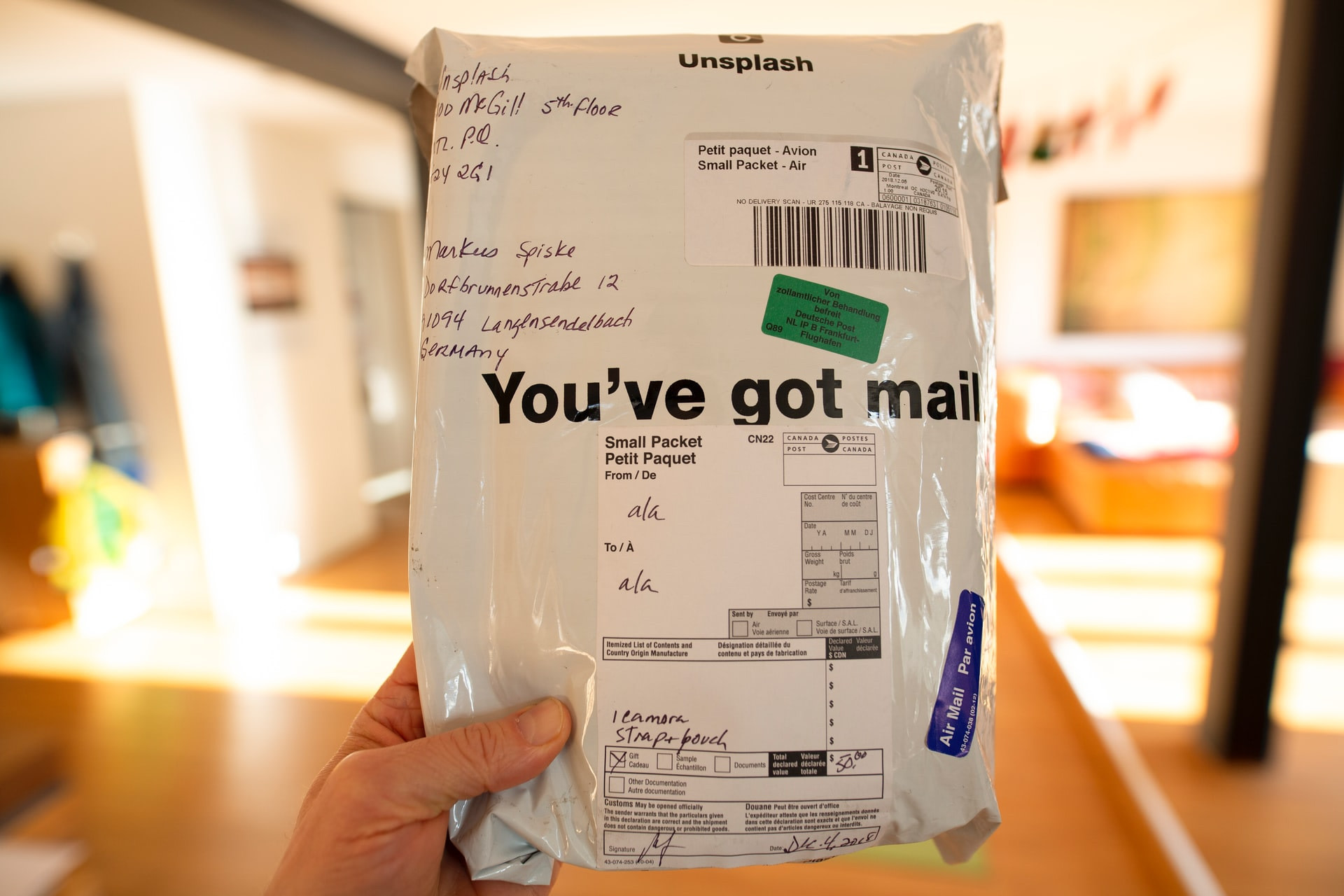Handling Products When a Customer Issues a Return
- E-Commerce
- Business
- 5 Mins

How Do Shopify Returns Work Within Reverse Logistics?
As a business owner, thinking about returns isn't the most fun. However, returns and the reverse logistics process is a key component of any supply chain — and therefore one that should be at the top of your list of priorities. While you may understand how to get products to your customer, what about when they want to send them back? Companies need well-thought-out strategies for managing products after what feels like a final sale, which is where reverse logistics comes in. Let's break down what that looks like.
Customers’ Reasons for Returning Shopify Store Items
Customers can have any number of reasons for returns. The most common ones are disliking a product, receiving a broken product, or returning an unwanted gift. Reverse logistics allows companies to recover value from sold assets, and ideally reduce expenses. Shopify store owners may be able to reuse or repurpose whole items or their stripped materials. Some returns may require refurbishing, reselling, or selling to a discount distributor. Whatever the reason and end purpose of the product, each component of this process is considered part of reverse logistics.
What Is Reverse Logistics?
Reverse logistics is the process by which products go backwards through the supply chain from consumer to fulfillment company. It may refer to returns, recalls, repairs, warranties, refurbishing, delivery failures, and more. Reverse logistics is used when goods are moved from final destination to another location to either recapture value or for final disposal.
E-commerce stores require a bigger focus on reverse logistics. Sources report that 20% of e-commerce items are returned — compared to 10% of items sold by brick-and-mortar stores — and the Reverse Logistics Association notes that e-commerce orders are returned at a rate 3–4x higher than their physical counterparts. Applying reverse logistics with a higher-level perspective prevents returns from simply moving backwards up the supply chain. The latter can be a real headache, lead to a longer returns process, and ultimately create dissatisfied customers.
Returns: How Do They Happen?
Returning an item can feel simple as a consumer, but requires much backend work on the behalf of stores. Returns management handles everything associated with returns, including reverse logistics, item gatekeeping, and so on.
The first portion of the returns process is the initiation. The responsible party will arrange for transportation of the product. For some companies, this involves sending a shipping label for parcel pickup. For others, the onus is on the customer to pay for the appropriate shipping. Other stores even have a flat rate deducted from the cost of the product, reimbursing the customer at a reduced price.
From there, an item is shipped back to the sender. E-commerce retailers may accept returned items at a facility or specific space separate from their shipping center, where restocking, inventory, and account data is updated. Large commerce merchants may choose to use a third-party returns logistics company for high volumes of returns. For smaller Shopify stores, returns may simply be to the store owner's home.
Following official documentation that a product has been returned, it's on the seller to determine the final destination of a product. Usually, a quality control process is in place to assess the return. Items may be repaired, returned, resold, stripped for parts, recycled, or destroyed.
Why It Matters: Placing the Focus on Your Returns Process
Reverse logistics can create value. Yes, you read that right: even returned items can prove to be of value to a company when properly handled. For one, just knowing that a company has a solid return policy in place gives customers peace of mind and faith in the e-commerce retailer. Customers are more likely to purchase when they understand the return policy, even if the return policy is “no returns” or the customer doesn’t intend on returning their purchased item. In addition, having a proper reverse logistics plan encourages replacement purchases, repeat business, and customer loyalty. Even more importantly, it can prevent poor reviews and the disappointed customers who write them.
The key to proper return processes is to treat returns with the same level of management, energy, and enthusiasm as your outbound shipments. It’s not an afterthought, and attempting to handle it like one will be difficult on both you and the consumer. Moreover, your returns process is one that can always be simplified and improved. Most e-commerce retailers find that the best method of improvement is by minimising returns in the first place. For instance, store owners can reduce damage during shipping with increased packaging that prevents broken item returns. Another method of improvement is identifying high-return rate products, and finding ways to decrease returns on those as well as low-value products. If your company really needs help with returns, there's always the option of working with an experienced reverse logistics partner.
A Customer’s Ideal E-Commerce Returns Process
To maximise the customer experience during returns, put yourself in the shoes of a buyer. Customers not only prefer but expect a no-fuss return policy. This may mean returns that have no original packaging, no required receipts, and no questions asked. A full reimbursement paid quickly is ideal, and multiple avenues of repayment can be helpful. (Many retailers provide additional returns value if customers choose store credit over a full refund to the card used for payment — an option your company may want to explore.) During the returns process, you'll want to have the same level of tracking ability and transparency as your store does for items being sold and sent.
This level of accommodation can be extremely difficult on businesses, especially smaller ones. However, customers will often report that a speedy, easy, and clear returns process is what saves their relationship with a company. When you think about their potential reasons for returns, such as an item arriving different than its online appearance or being delivered broken, a simple return process is essential for maintaining that customer relationship. Keep things easy for both parties by always having all of the information regarding returns clearly disclosed on your store website.
Streamline Your Site, Encourage Better Buying
At Radiant, we work alongside Shopify merchants to create better websites, bigger brands, and more profitable storefronts. We have many website services — design, development, UI/UX, and content creation — as well as the tools necessary for your site’s growth. When it comes to receiving the e-commerce advisory you need, look no further than our team of experts. Get in touch today to see how we can improve your reverse logistics system with a multi-faceted approach that puts customer loyalty and improved customer experience first.




















